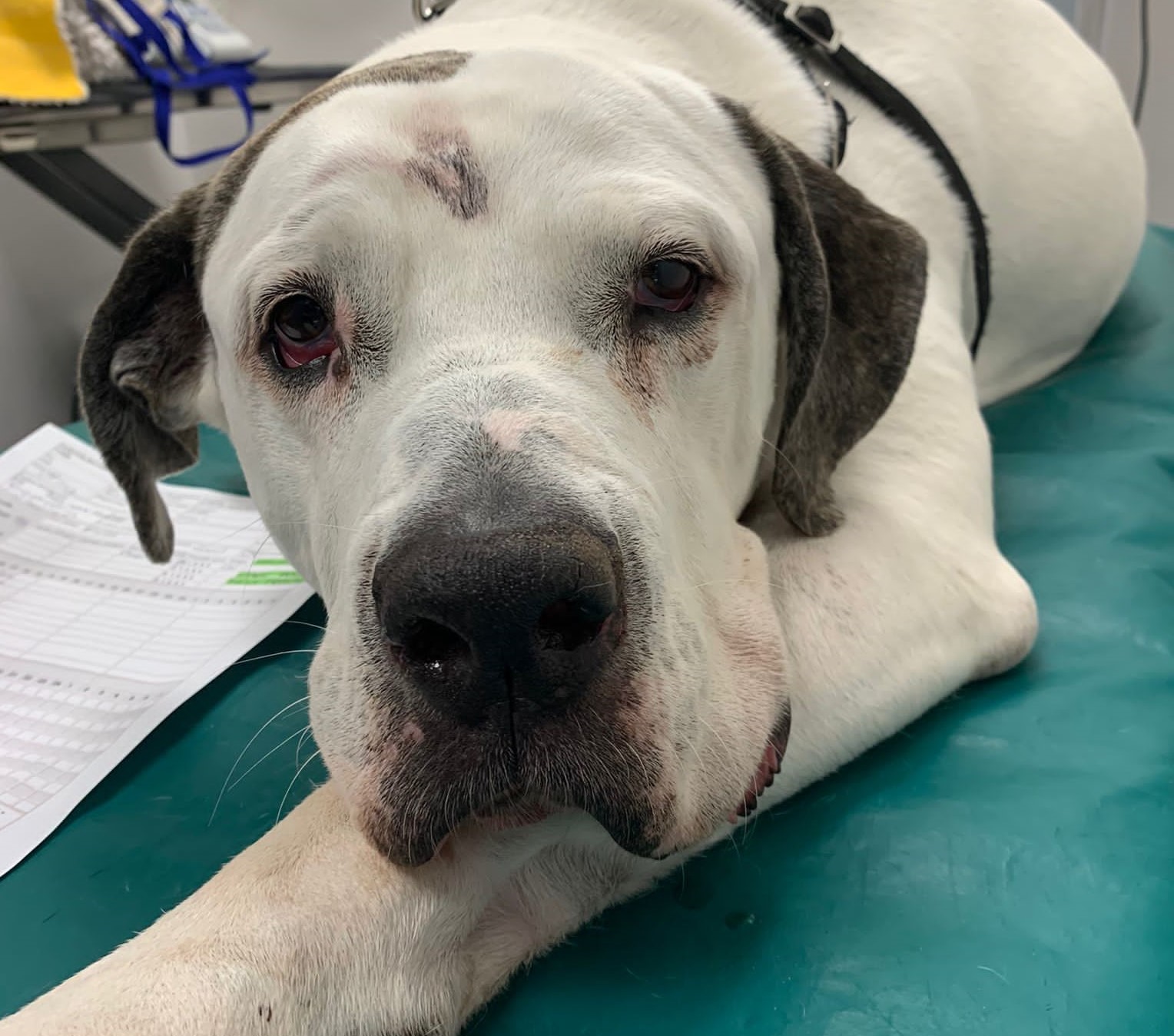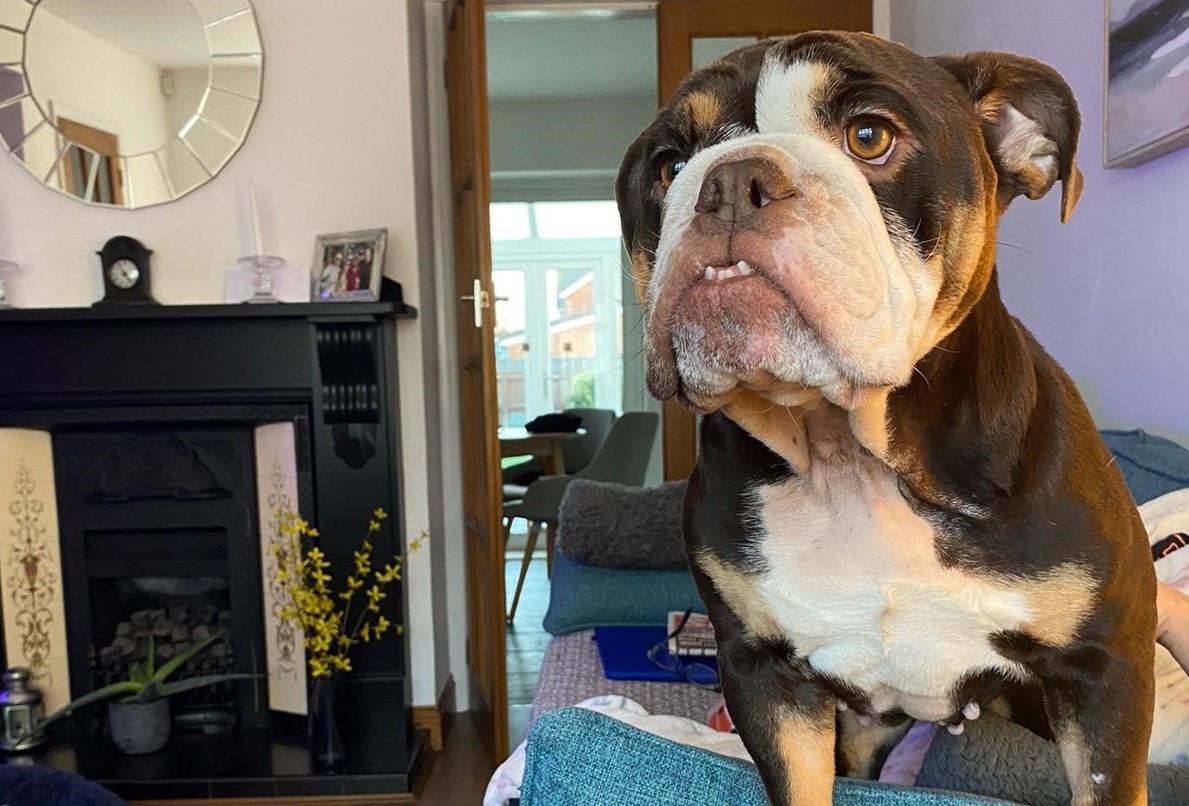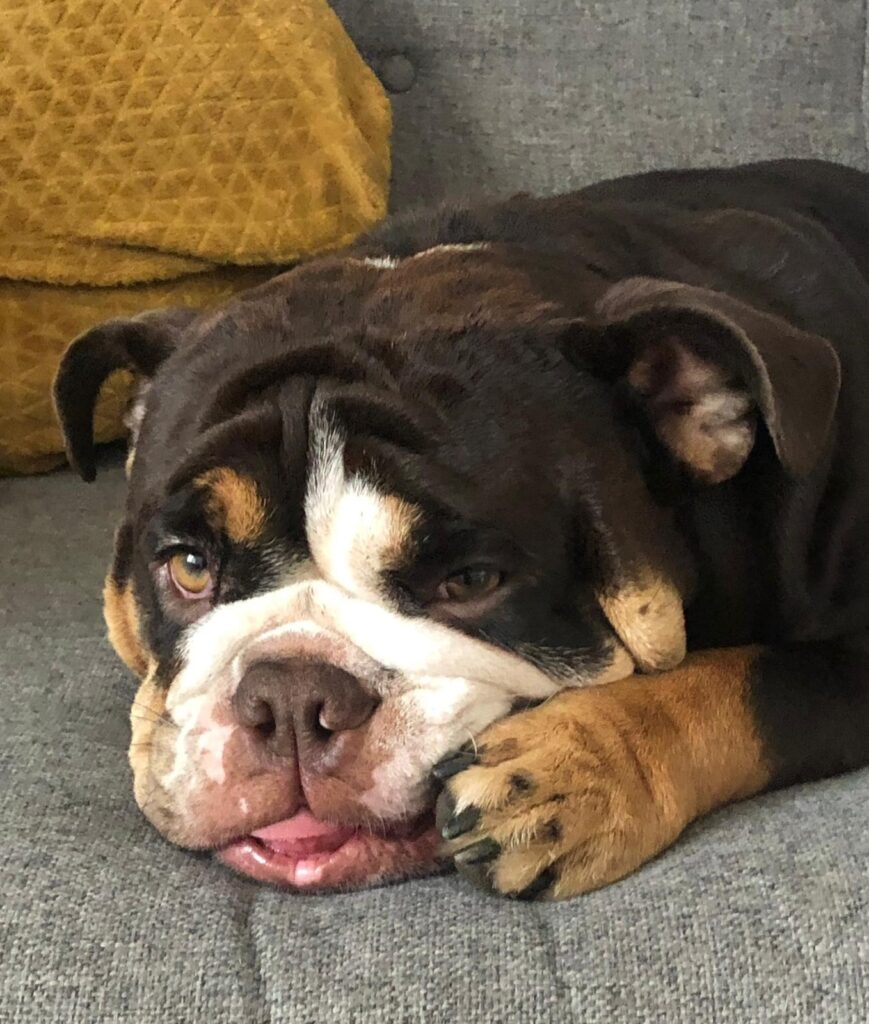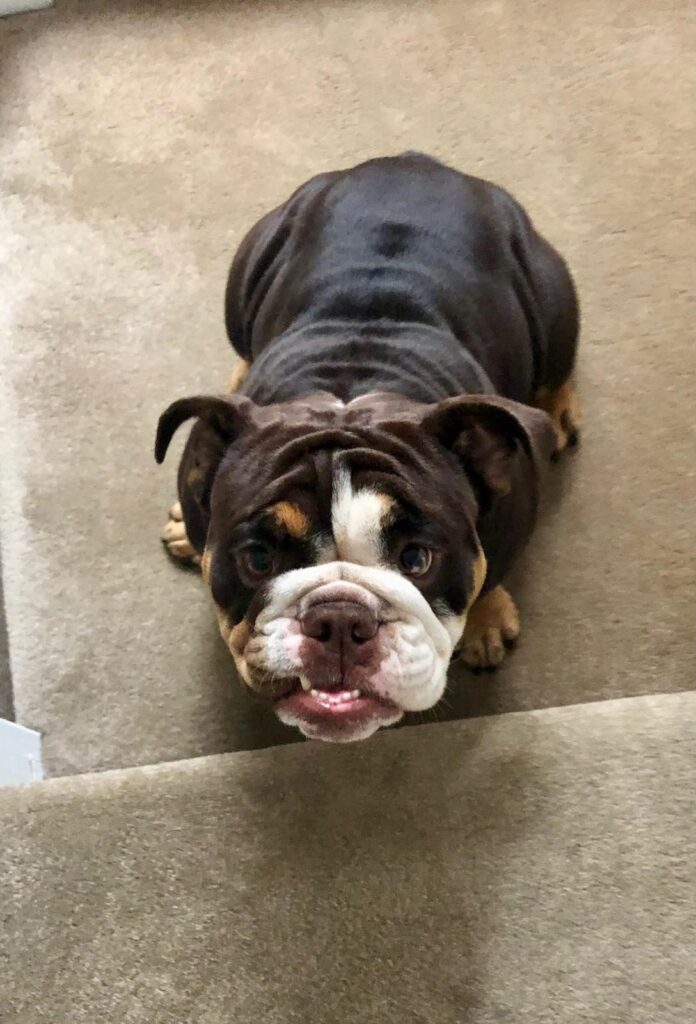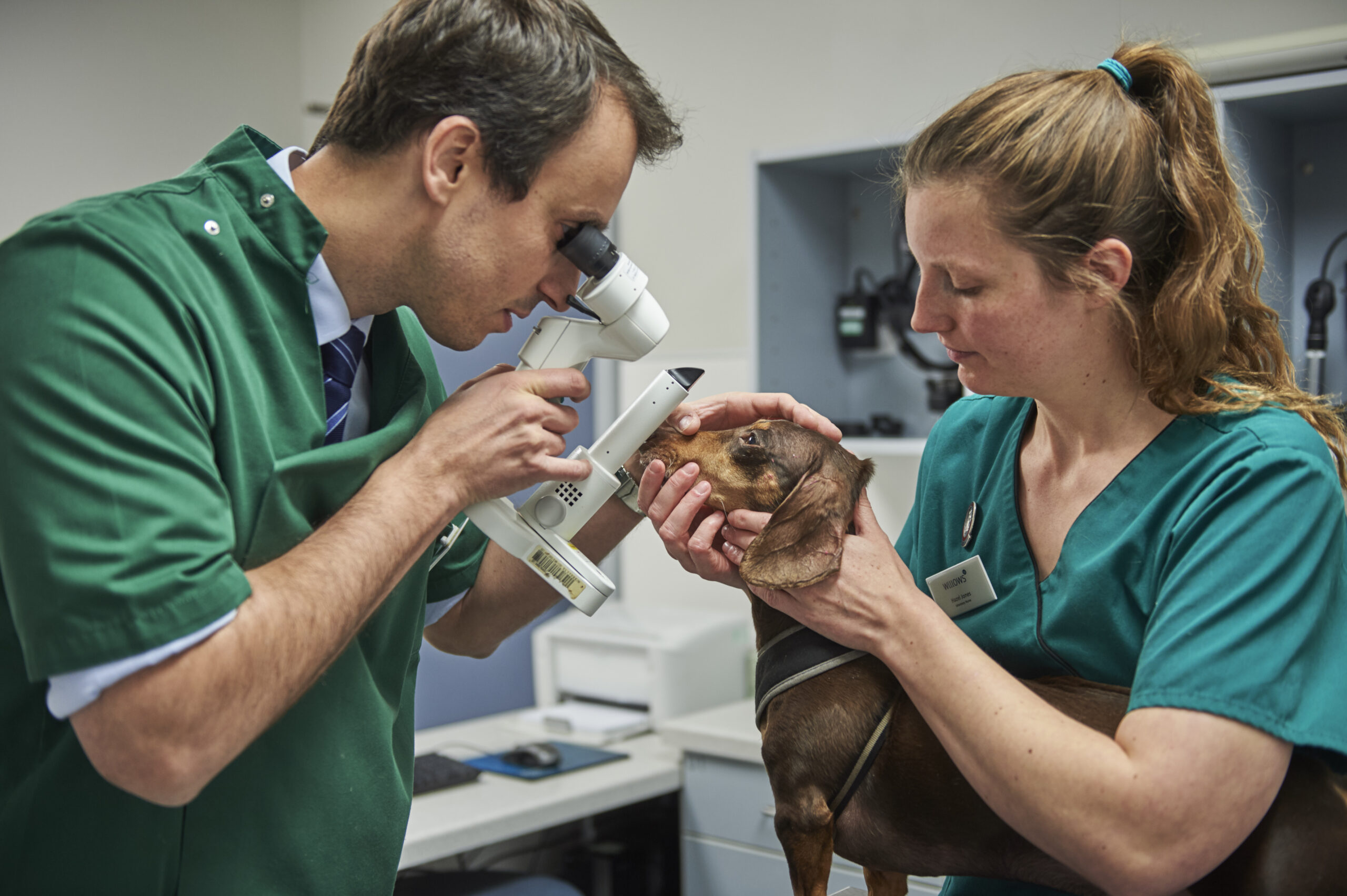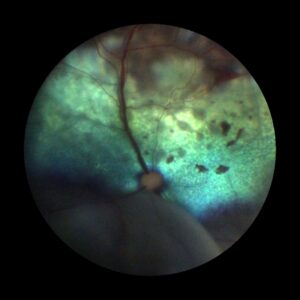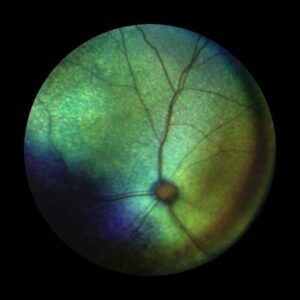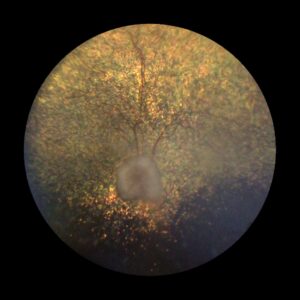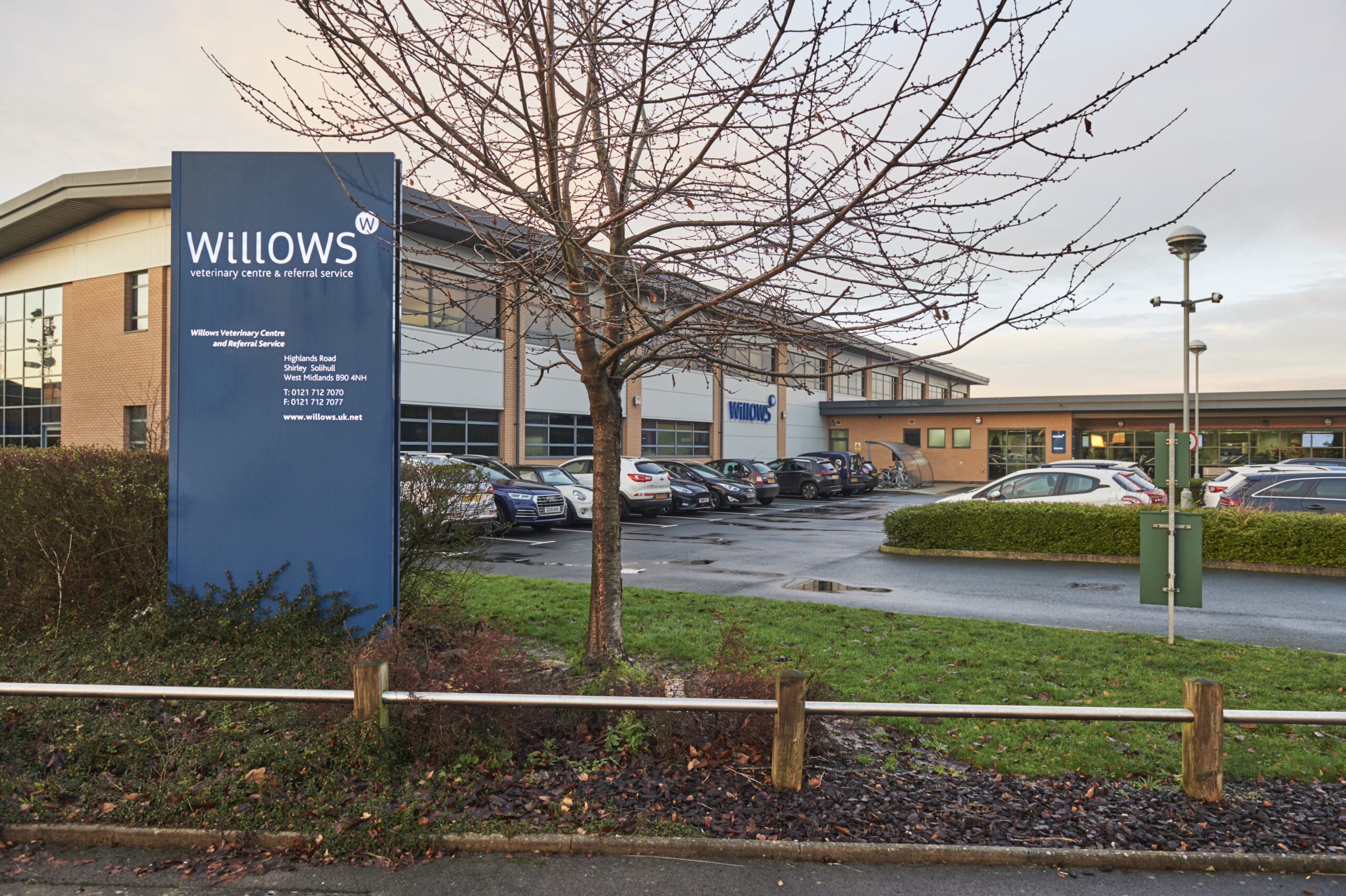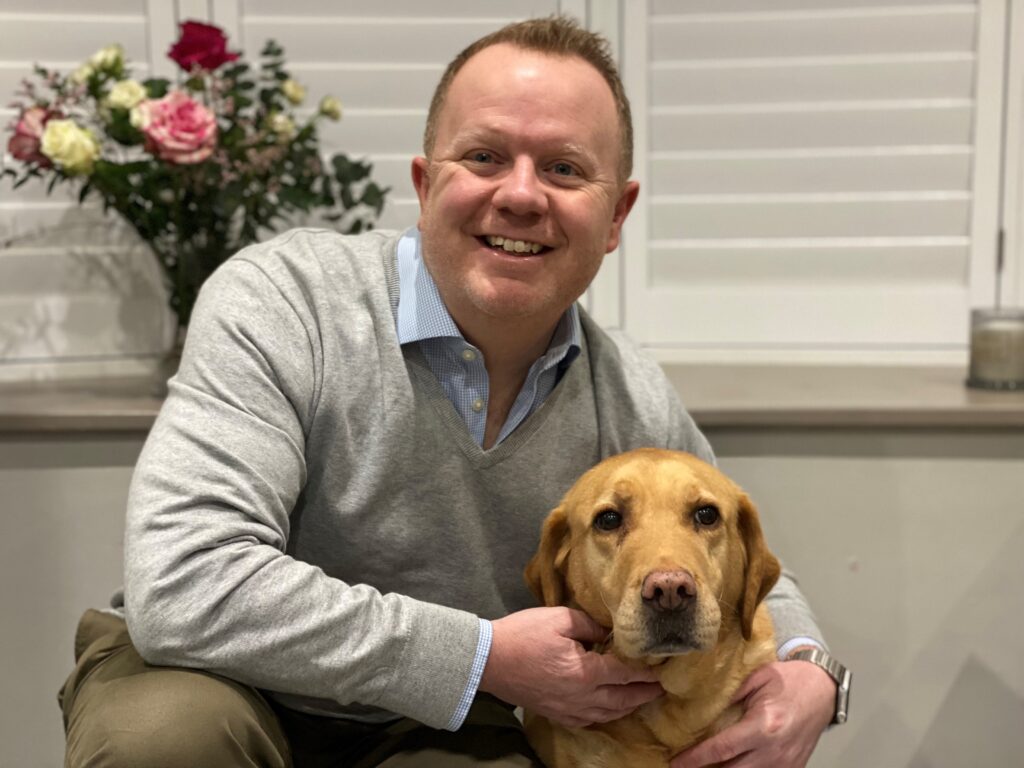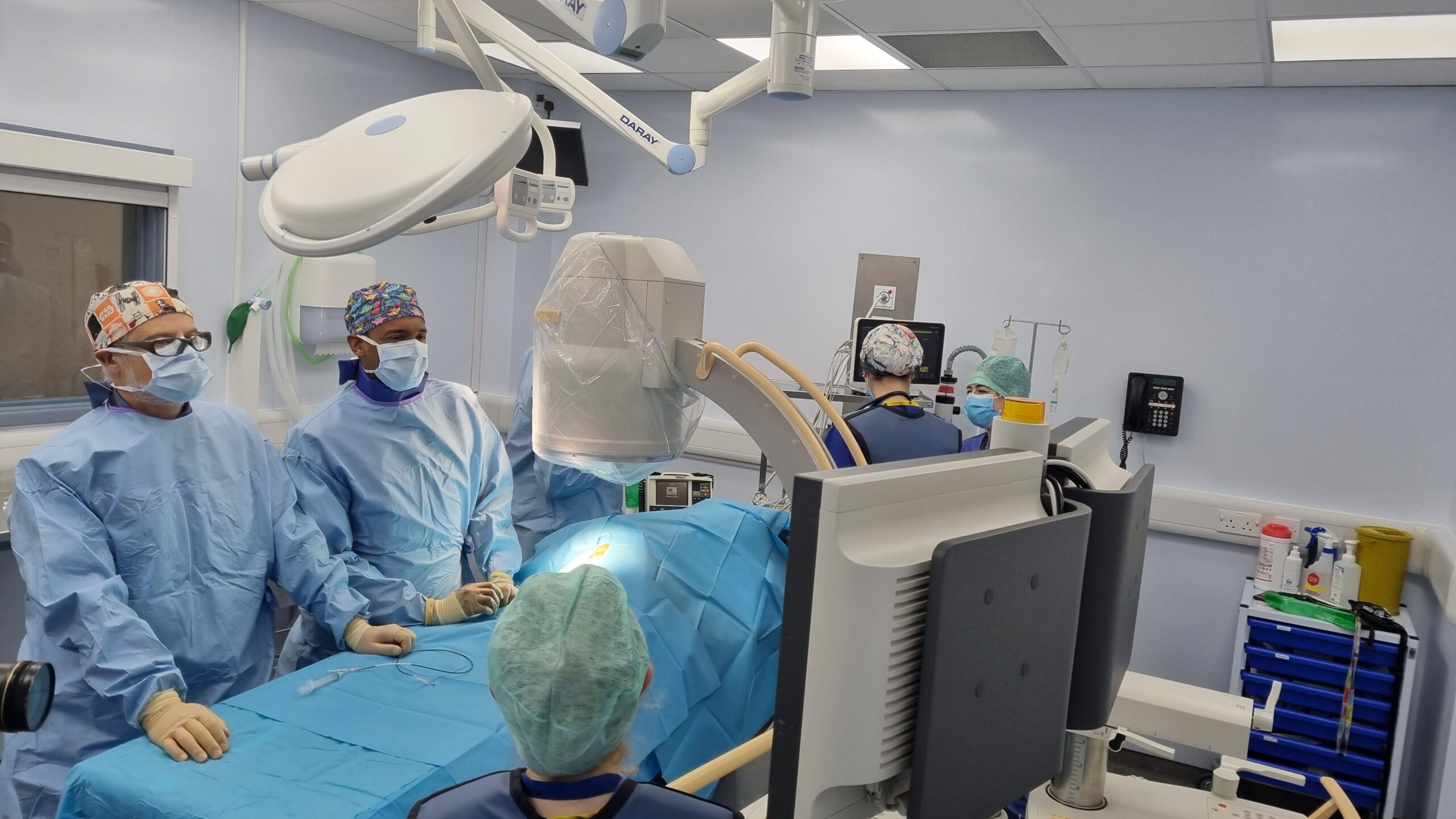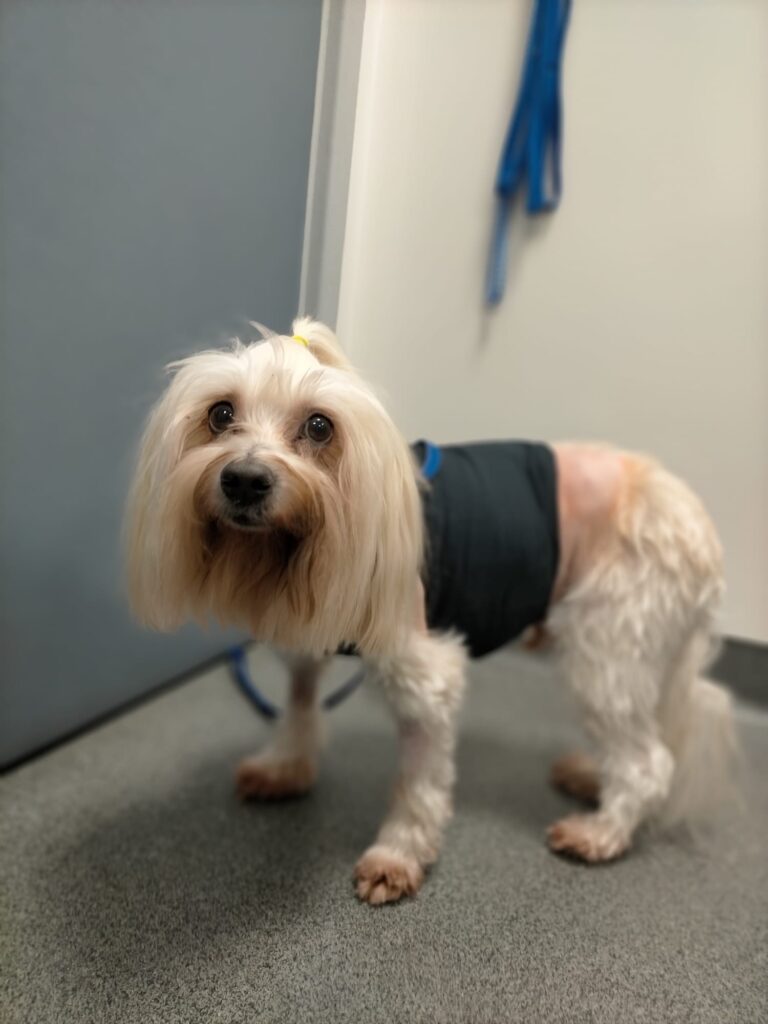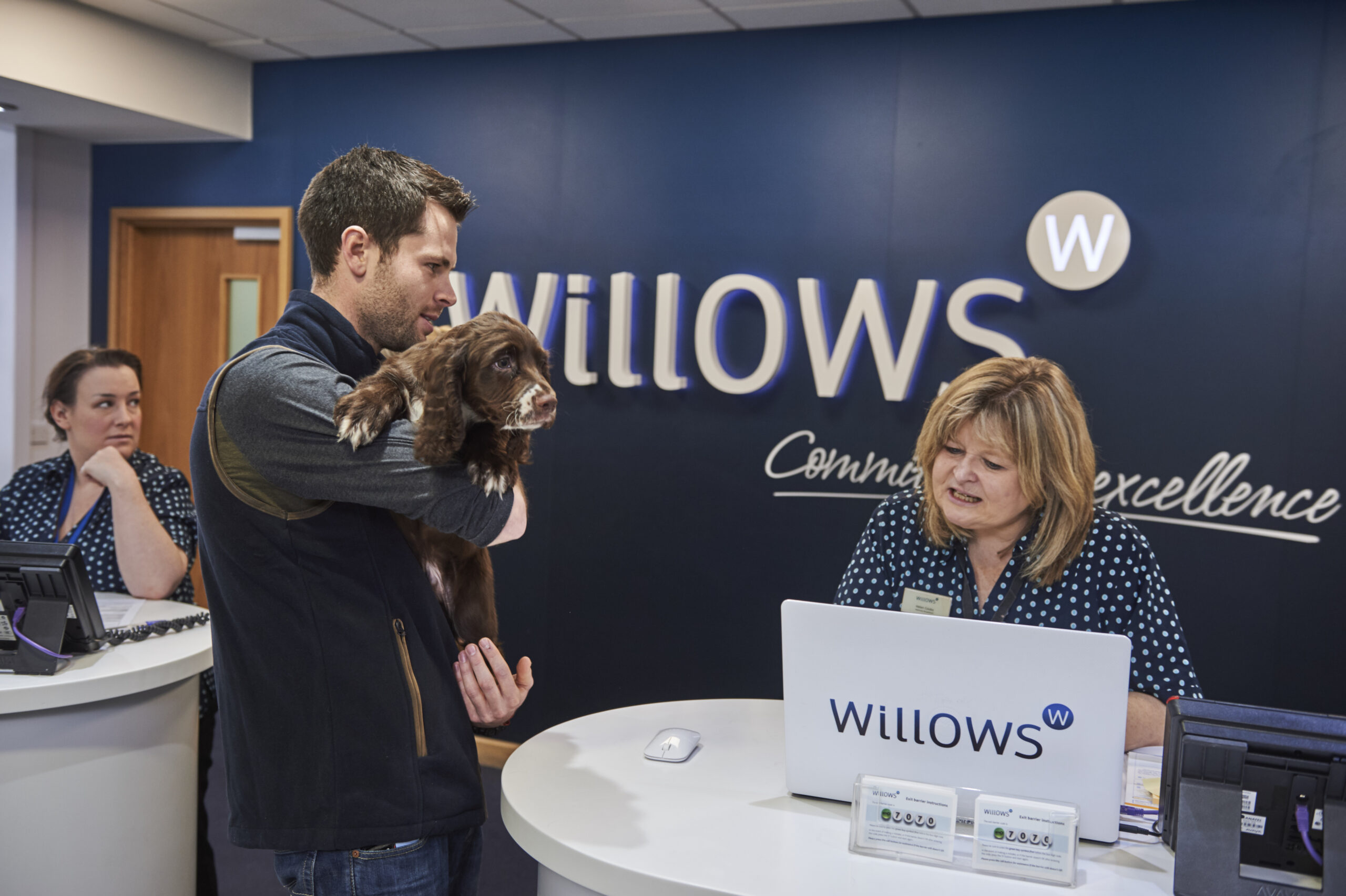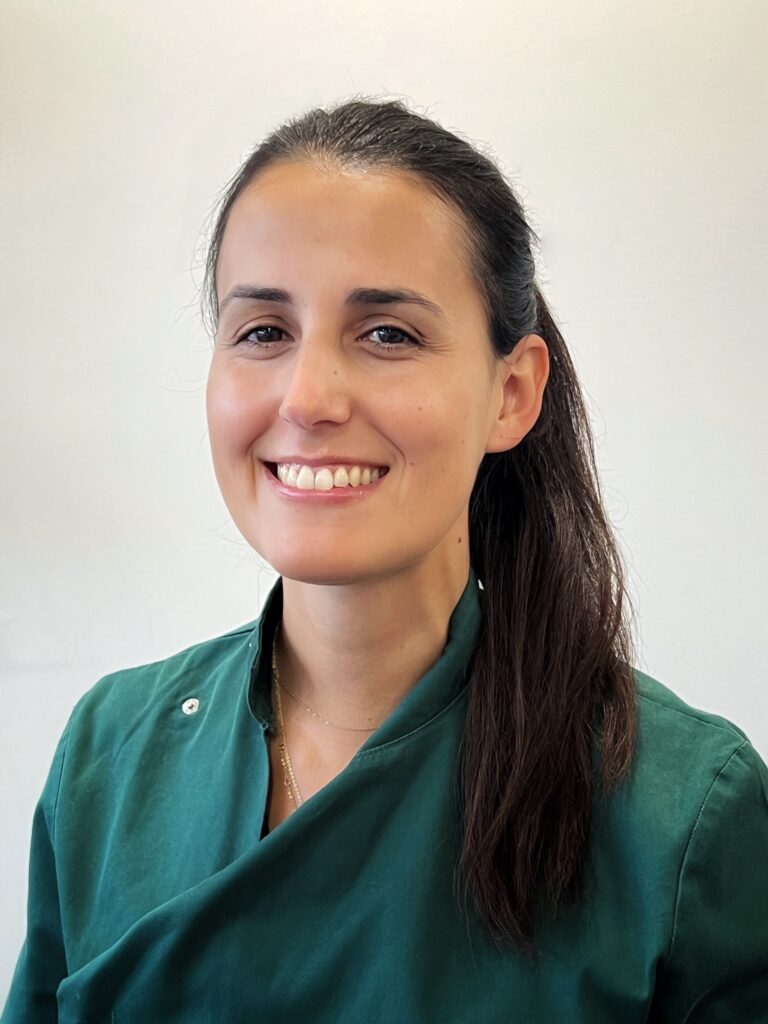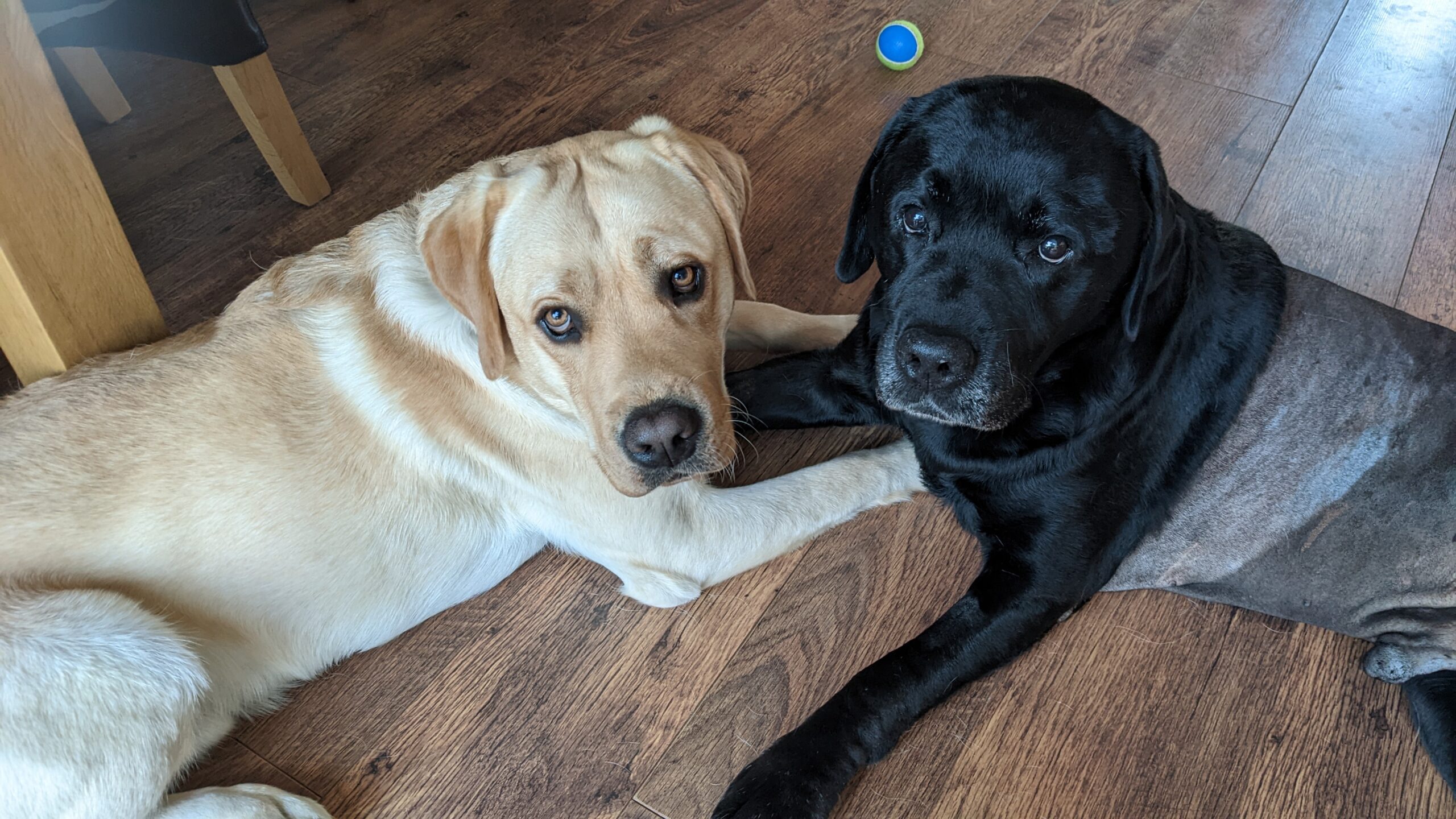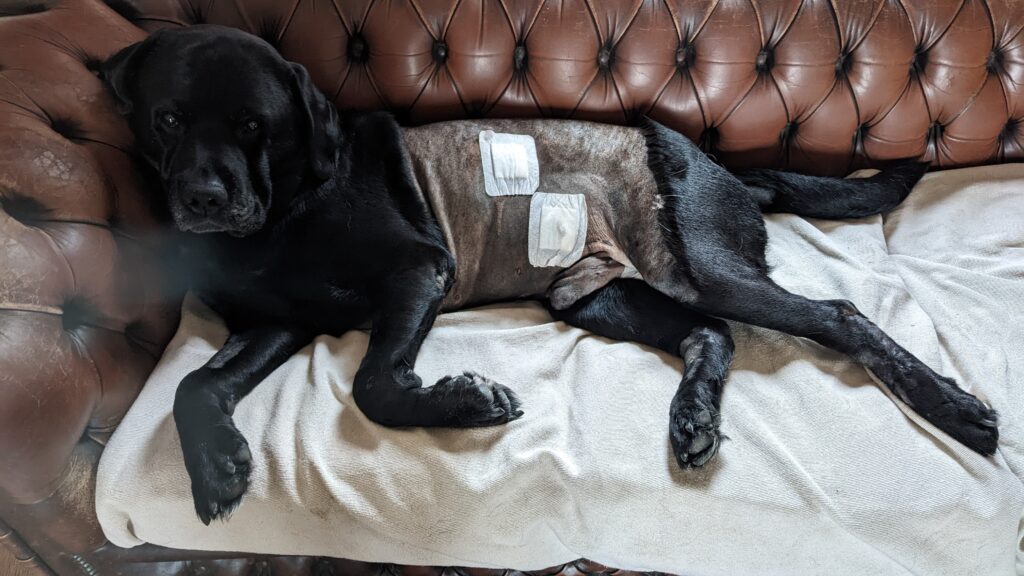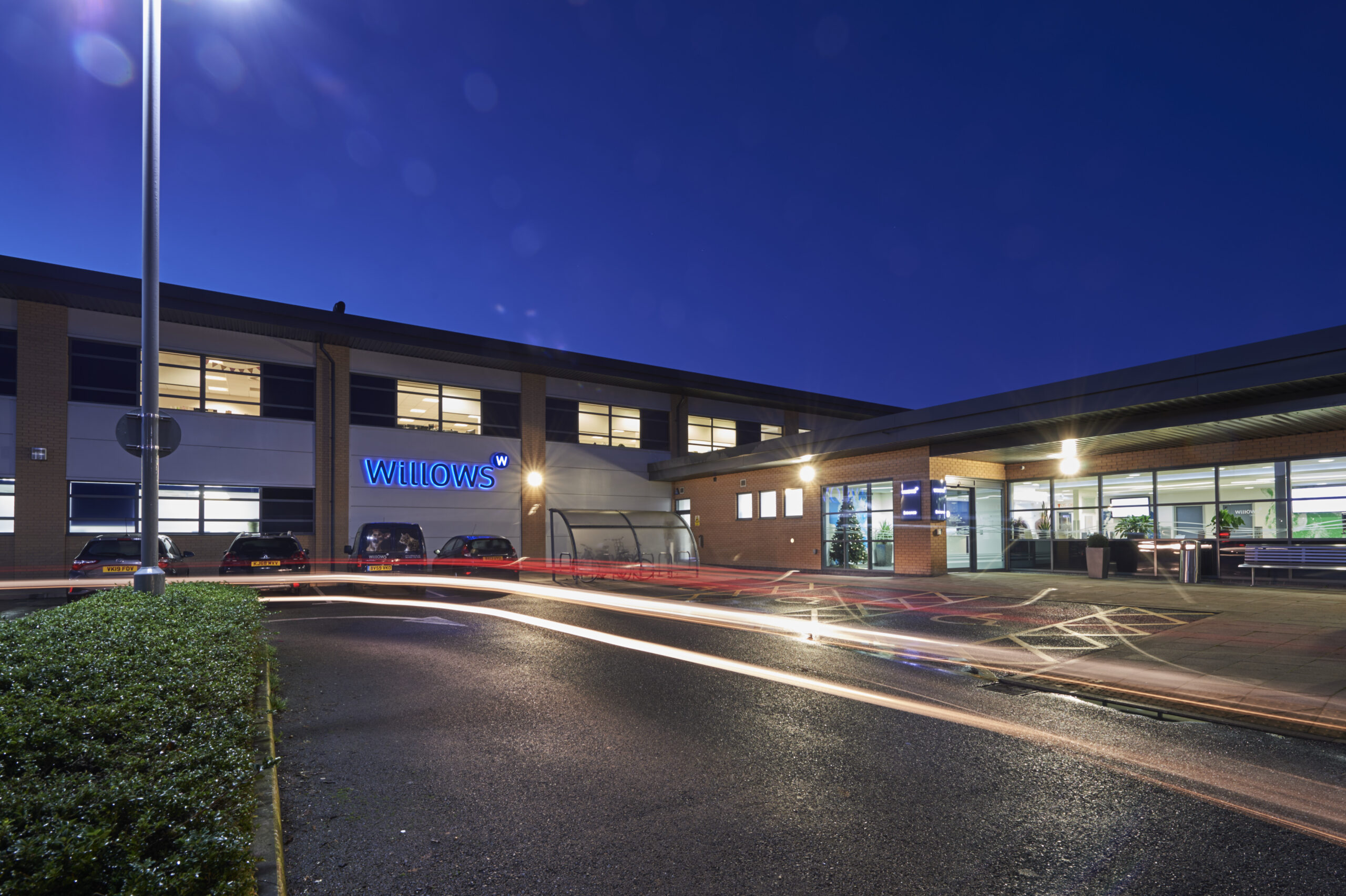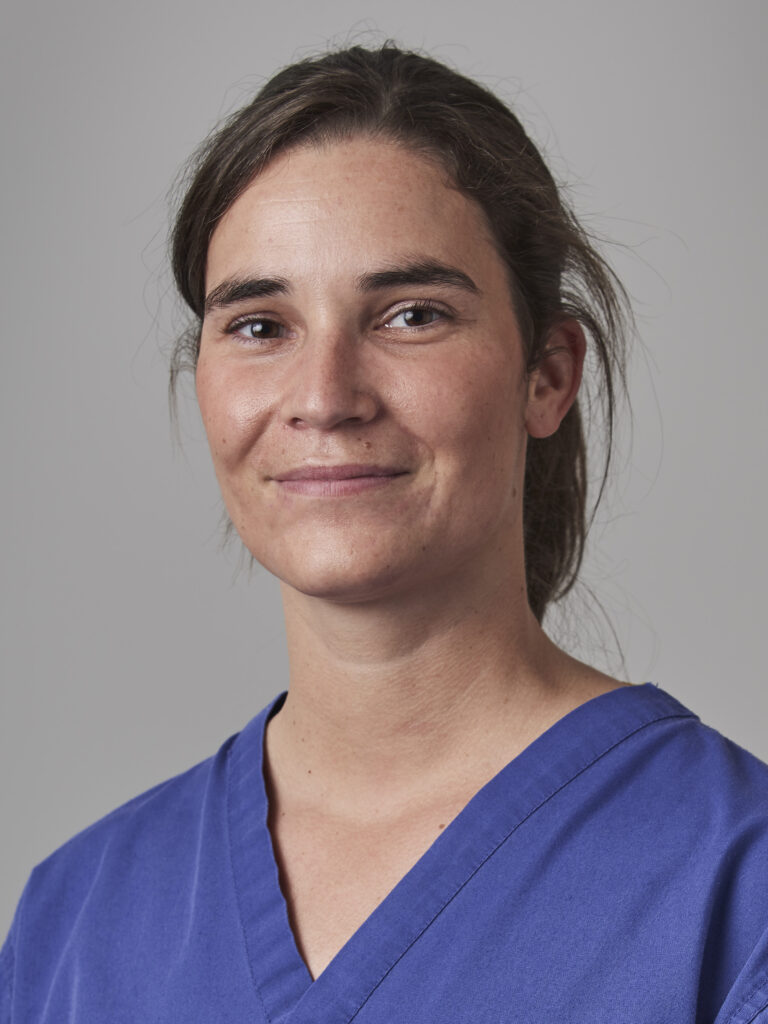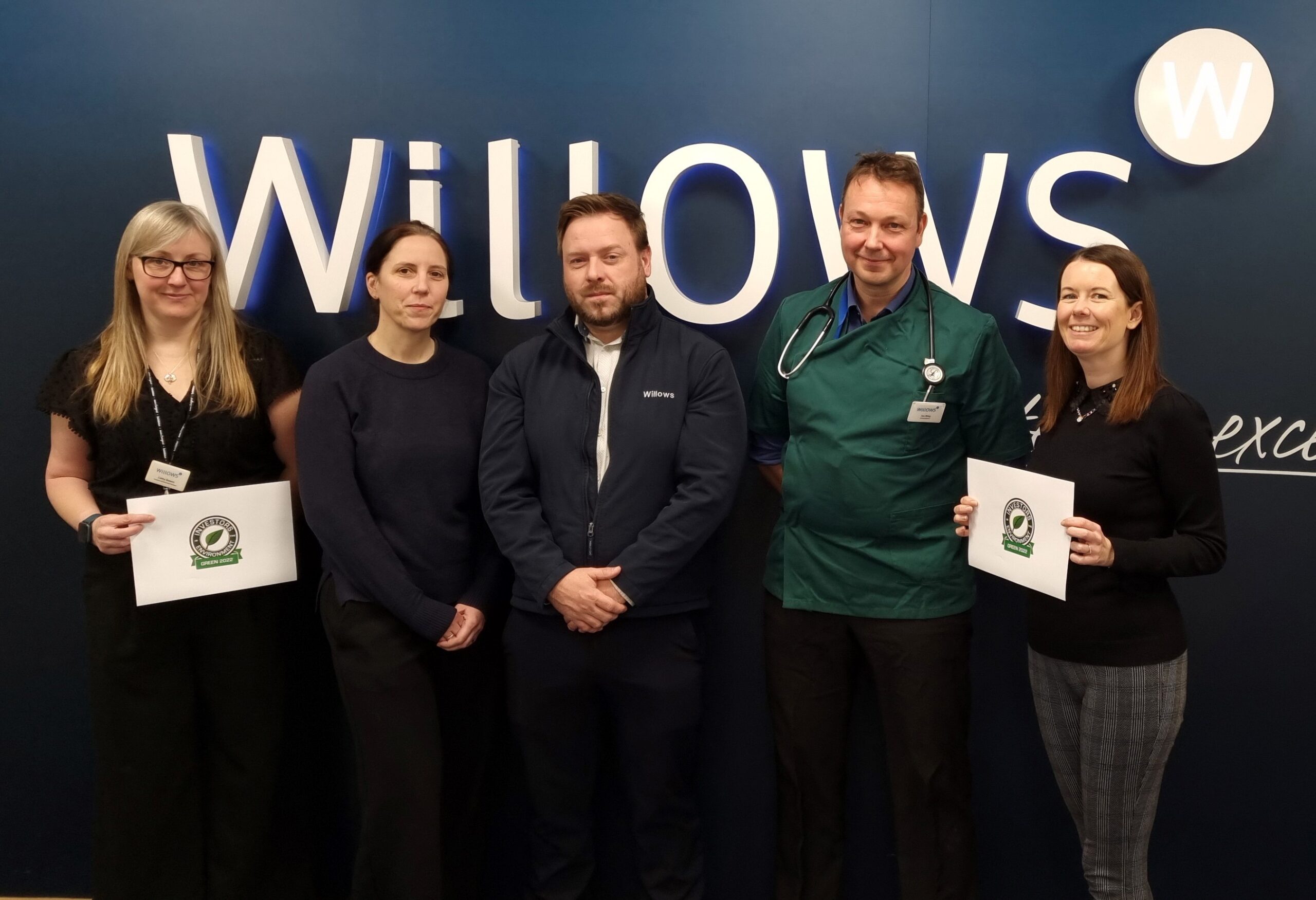A dog’s determination to walk again after being paralysed in a road traffic accident has astounded our expert team here at Willows.
Six-year-old Caesar, an American bulldog, was left with a fractured neck that meant he was paralysed in his front legs and had very little movement in his back legs, after being hit by a lorry.
However, our team who provided specialist-led multidisciplinary treatment to Caesar in the aftermath of his injuries have hailed his willpower to get back on all paws, leading a member of the team to proclaim: “Caesar is the most determined dog we have ever met.”
Caesar’s brush with death started when he ran across a busy road after snapping his lead when he became anxious of another dog.
Grateful owner Nigel Smith, from Worcester, said: “My wife was with Caesar when it happened and she was left distraught by it for a long time. There was a chance he wouldn’t survive the surgery or ever recover.
“The surgeon was very clear in the diagnosis and explanation of the treatment. They looked after him tremendously and were very aware of his anxiety around other dogs. I’m sure they had a soft spot for him.
“Amazingly, he’s now almost 100 per cent being back to how he used to be. He does have things that only we notice, such as a slight weakness on his right side and a droop in his right eye, but he does everything he used to do.
“The team at Willows do incredible things that would not normally seem possible.”
Caesar spent eight days with us after his surgery, which was performed by our head of neurology Sebastian Behr and our resident in veterinary neurology Victoria Indjova and has since undergone rehabilitation treatment at the hospital, including veterinary physiotherapy.
Victoria said: “Caesar wanted to move and walk as soon as he recovered from surgery. Our rehabilitation team started assisted physiotherapy exercises which encouraged him to start moving again.
“He enjoyed his rehabilitation sessions so much and became stronger each day until he was literally pulling us around the yard. Only eight days after surgery, Caesar was walking without any support from the hoist.
“Just three months later, Caesar has made a complete recovery and is back to running around his favourite field.
“It was a real team effort, involving our neurology specialists, dedicated neurology nurses, physiotherapists, nurses and veterinary care assistants.”

